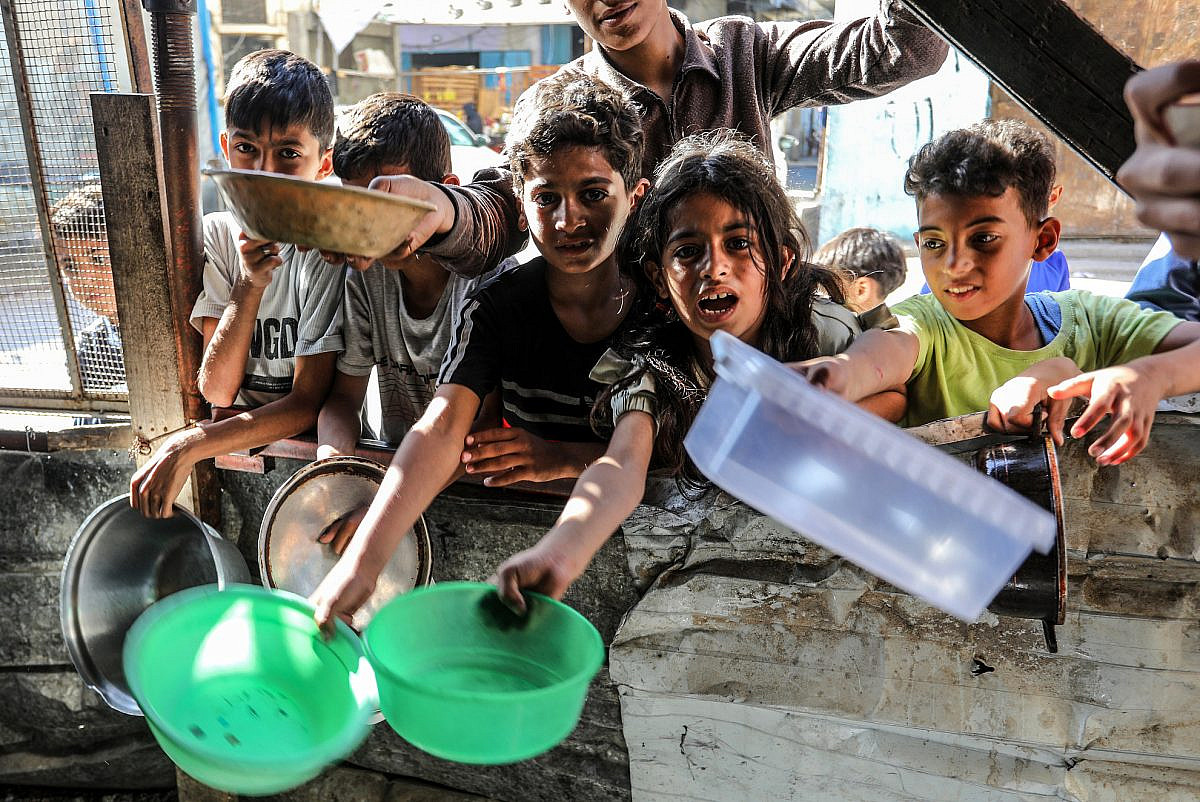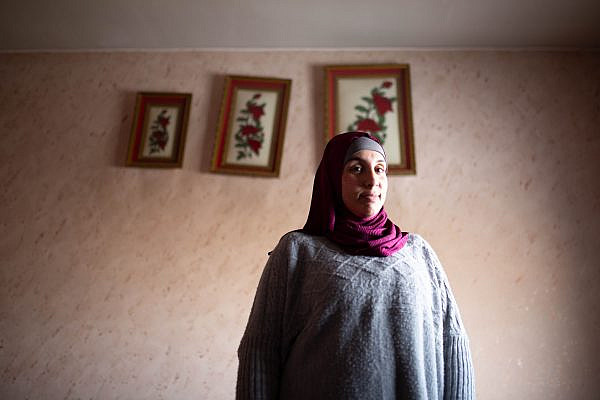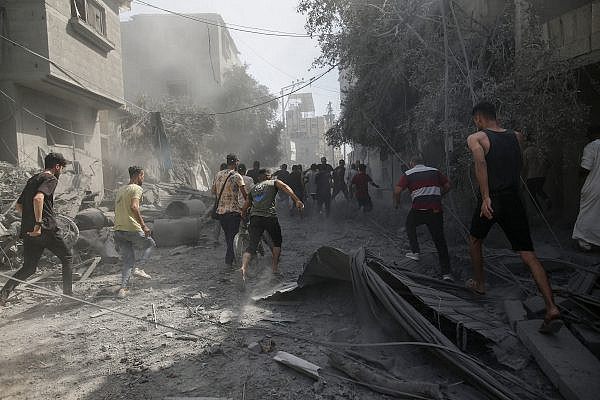When 10-month-old Saeed Darwish tries to cry, he is no longer able to make a sound. His sunken eyes and pale skin testify to his painfully empty stomach: he has barely eaten in weeks. With the northern Gaza Strip once again facing critical shortages of food, water, and infant formula as a result of Israel’s siege and ongoing military bombardment, Saeed is one of many Palestinian children whose bodies are wasting away from starvation.
The doctors at Kamal Adwan Hospital, in the town of Beit Lahia, say Saeed is suffering from severe fatigue, emaciation, and anemia. His father, Khalil, sits at his bedside, waiting agonizingly for Saeed’s condition to improve; his heart is wracked with the pain and helplessness of being unable to relieve his son’s affliction.
“My child wakes up crying every night from extreme hunger, but I cannot find anything to feed him,” Khalil told +972. “All I can bring him is pieces of bread — and even this is becoming scarce.”
Khalil fears that Saeed could join a growing list of more than 30 Palestinian children in Gaza who have died of malnutrition and dehydration in recent months. In March, northern Gaza was declared to be facing imminent famine. Now, according to the World Health Organization, “a significant proportion” of Gaza’s entire population is experiencing “catastrophic hunger and famine-like conditions.” At Kamal Adwan Hospital alone, 50 children are currently being treated for severe malnutrition.
The scarcity of humanitarian aid entering the Strip means that many families have no access to basic essentials. In the north, “there’s no rice, vegetables, or flour,” Khalil explained. “If any of these goods are available [in the market], their prices are insane. The majority of the population cannot afford them.” To make matters worse, Saeed’s mother was wounded in the latest Israeli invasion of Jabalia, and is unable to breastfeed.
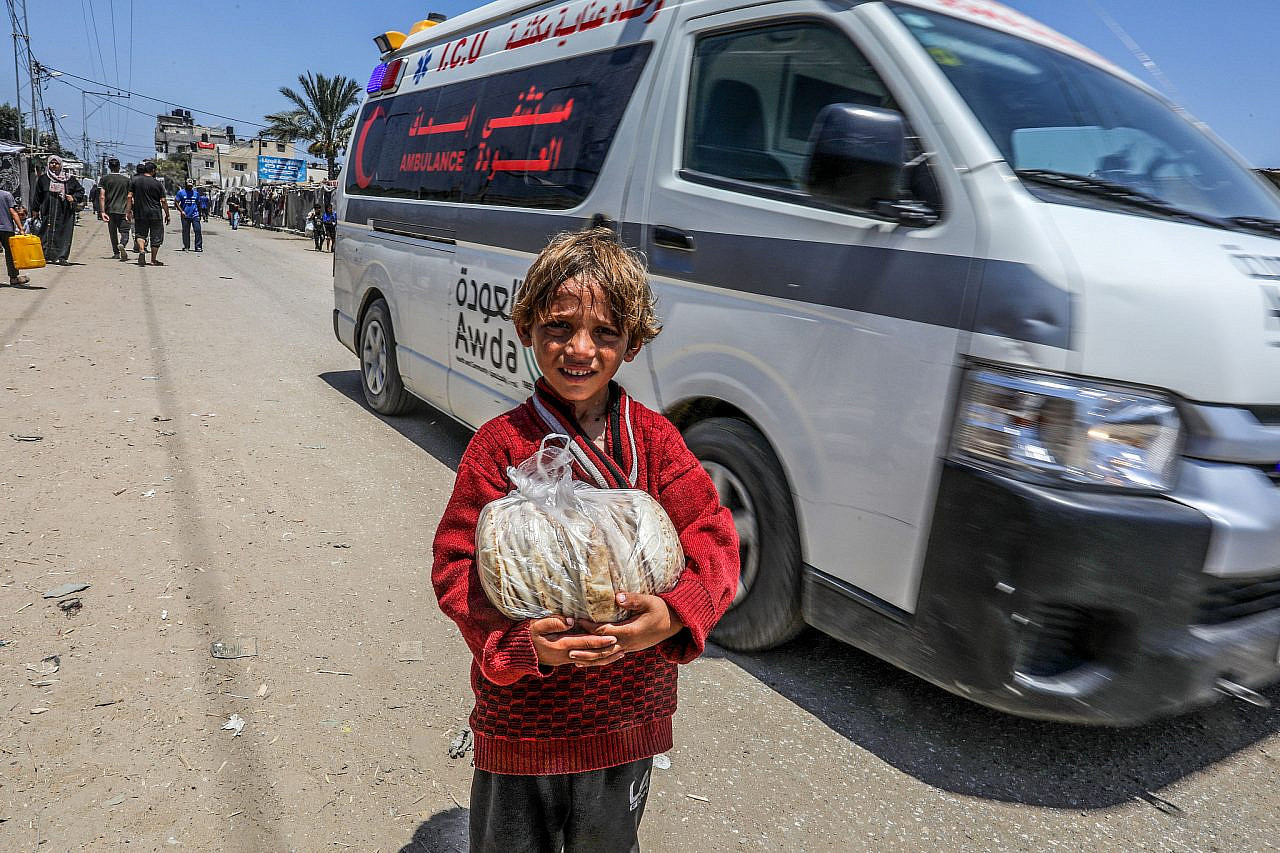
On another bed close to Saeed lies 18-month-old Mahmoud Safi, who is suffering from malnutrition-induced anemia. “The disease is mercilessly sweeping through my little child’s body,” said Mahmoud’s father, Mustafa. “I do not know how to deal with his harsh cries.”
Mahmoud is not the only child in his family who is ill: two of his three siblings contracted hepatitis A as a result of drinking contaminated water. “How are children at fault in this war, that they must go to sleep and wake up hungry?” asked Mustafa.
“We have not had any kind of vegetables, clean water, or flour for months,” he continued. “In February, we were forced to eat animal feed and leaves. We hope that we will not return to this stage.”
‘Hunger is destroying me and my children’
Ahmad Obaid’s family, from the Tal al-Zaatar neighborhood of Jabalia, were among those forced at times to eat grass and leaves in recent months in order to survive. Having now been without food again for the past four days, their faces are starting to show signs of exhaustion.
“My family and I are alive, but we are not well,” Obaid told +972. He is currently taking his two children, 3-year-old Khalil and 5-year-old Jihad, to Kamal Adwan Hospital every day in order to receive treatment for acute anemia. “Hunger is destroying me and my children, and conditions are getting worse by the day,” he said.
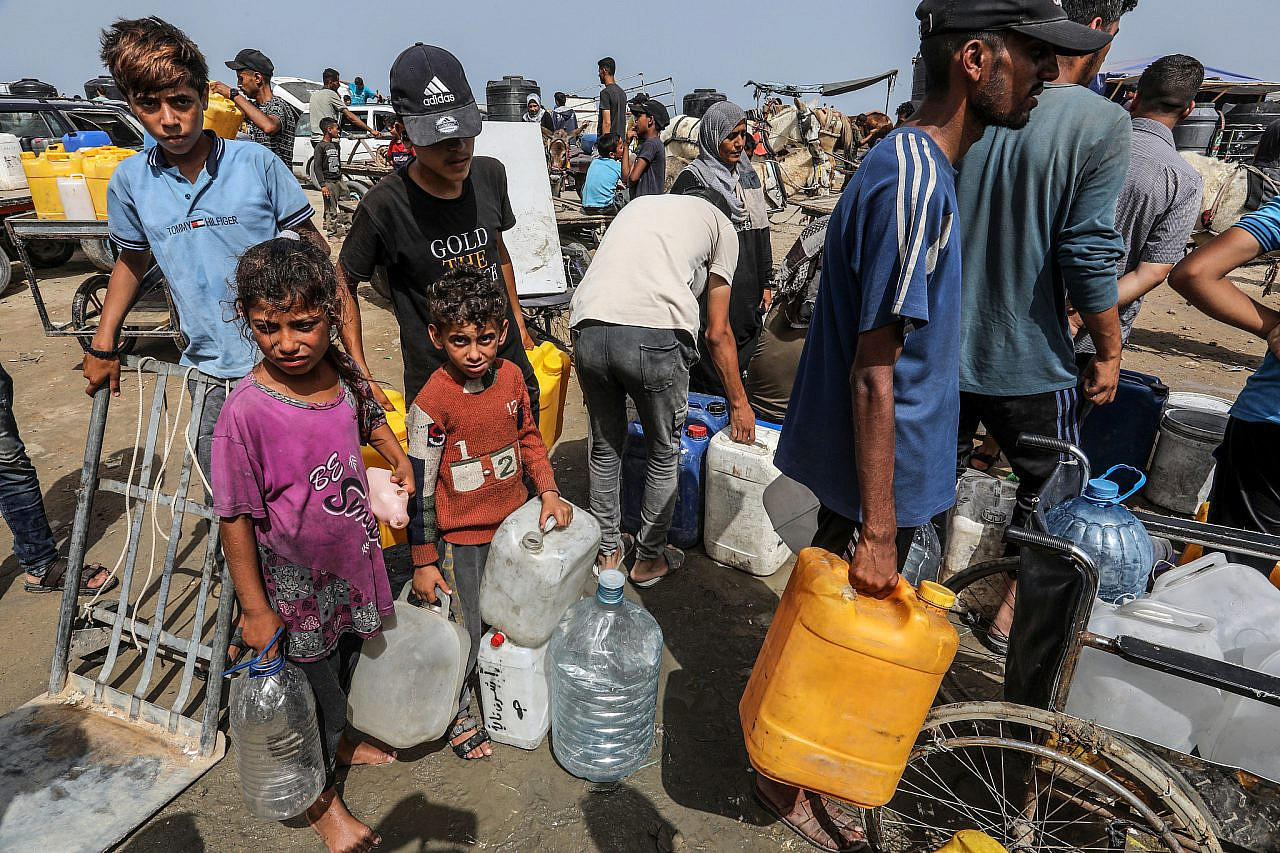
In May, Israel reopened the Erez/Beit Hanoun Crossing and opened an additional crossing in the north, allowing some aid to reach the areas experiencing the most extreme levels of hunger. “The markets recovered for a few days, and various goods and products were brought in,” Obaid recalled. But now, in the aftermath of Israel’s latest brutal offensive in northern Gaza, Obaida warns that “the crisis has returned.”
In Jabalia refugee camp, the markets are virtually empty of food and other commodities. Ismail Al-Hassi, a 37-year-old living in the camp, told +972 that he visits the market every day in search of provisions for his family, but nothing has arrived for about a month.
Al-Hassi’s 1-year-old daughter, Nour, has suffered from digestive problems since birth, and requires a specific type of infant formula to manage her condition — which is now nowhere to be found in local markets. As her condition deteriorates, her body is growing emaciated.
Most read on +972
“We eat one meal a day,” Al-Hassi said. “Sometimes we go without bread in order to save it for the coming days.” When available, vegetables are increasingly out of reach: according to Al-Hassi, one kilogram of onions now costs NIS 350 shekels (over $90), while peppers are sold for NIS 560 ($150). “Other vegetables have disappeared from the markets entirely. Canned goods are being sold at nearly 20 times their original cost, which is impossible for most of the population to afford.”
According to Gaza’s Health Ministry, as many as 3,500 children are currently at risk of starving to death. With the Strip’s health system decimated, and in the absence of an immediate ceasefire and a flood of humanitarian aid into the Strip, the situation for Gaza’s children is increasingly life-or-death.

